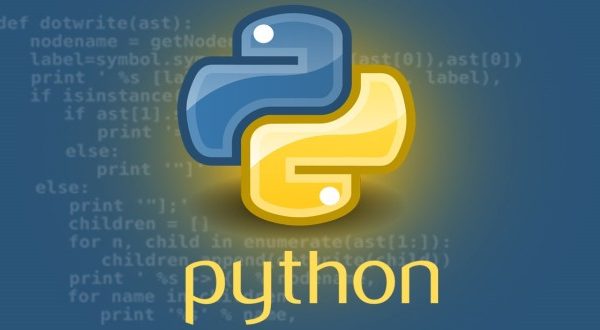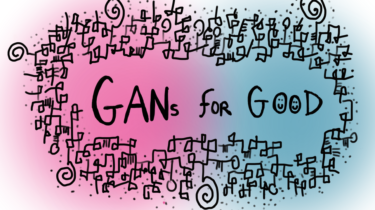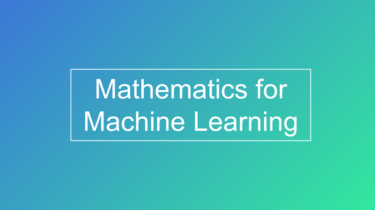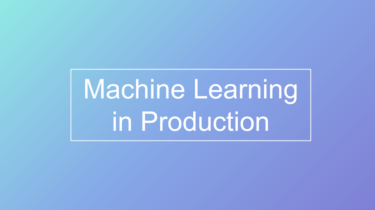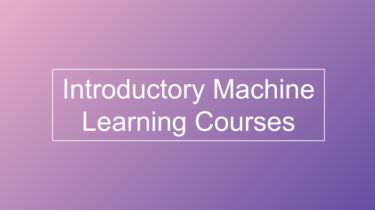Build an Asteroids Game With Python and Pygame
Do you want to create your own computer games but like Python too much to abandon it for a career as a game developer? There’s a solution for that! With the Pygame module, you can use your amazing Python skills to create games, from the basic to the very complex. Below, you’ll learn how to use Pygame by making a clone of the Asteroids game! In this tutorial, you’ll learn how to build a complete game, including: Loading images and […]
Read more
